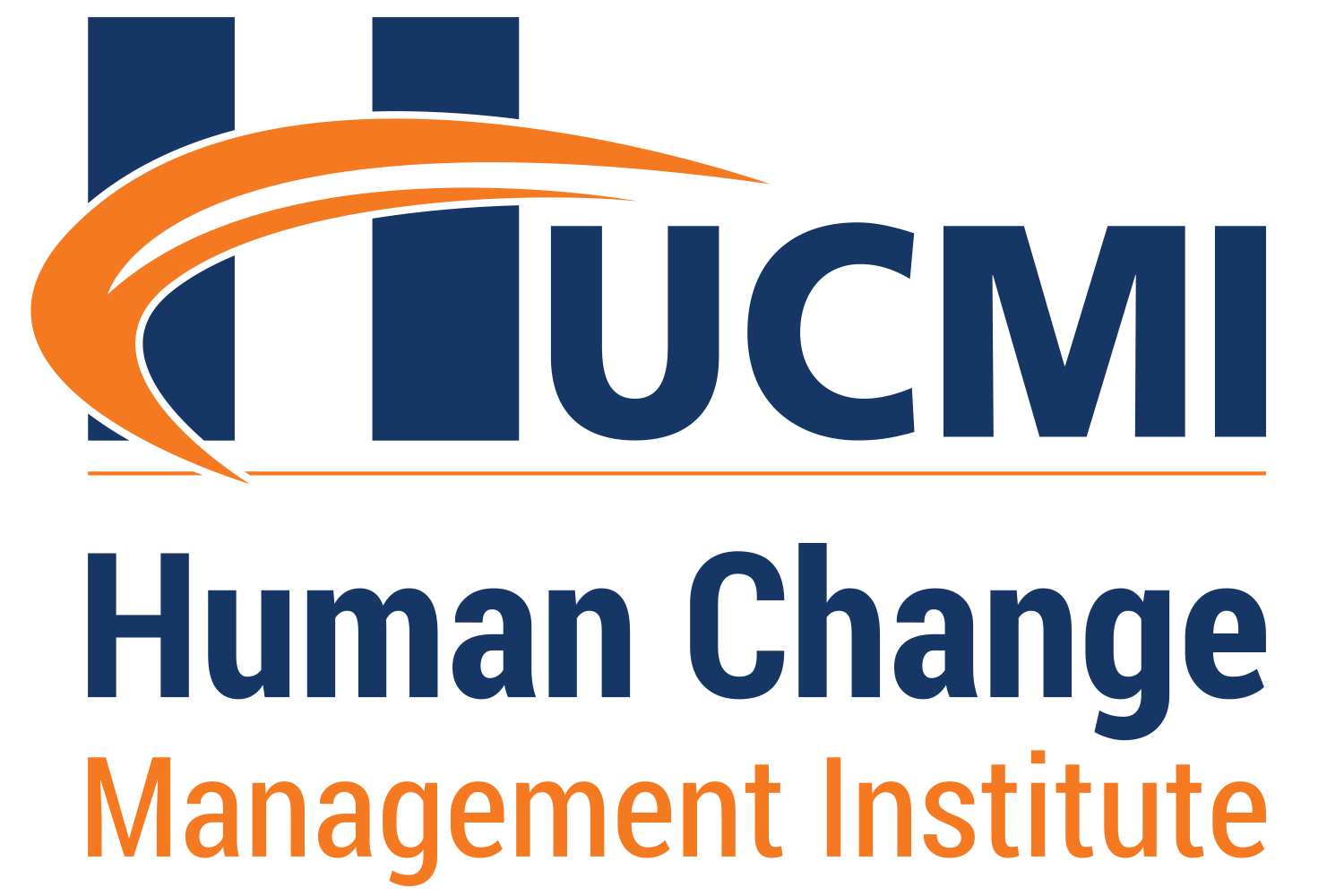Many contemporary organizations are succumbing to the plethora of exponential changes. Some suffer when faced with rapid digital transformation, some the entry of new competitors and others are faced with changes in consumption habits. Others, whilst attempting to keep up with modern market trends, make mistakes in how they conduct their transformation processes.
The future belongs only to highly adaptive organizations which are flexible enough to ride the wave of transformations we are experiencing and will continue to outlive their competitors.
According to the Brightline Initiative [1] (PMI® – World Finance, 2019), 91% of organizations report feeling the impact of disruptive technologies. But change is not easy, and 59% of senior executives say their organizations struggle to implement their envisioned strategy.
Planning strategy involves setting out in a specific direction with a set of intentions. The challenge is to transform these intentions into actions.
Strategy implementation actions are structured through programs and projects that take the organization to another competitive level. This implies not only the execution of programs and projects, but also promoting organizational behavior changes and institutionalizing them in organizational culture. If at the end of a project the organization has not changed anything, it will have failed, even if it was completed within the planned time, scope and cost.
According to the Brightline Initiative (PMI® – World Finance, 2019), 94% of executives report challenges when trying to create a culture of change. In this world of exponential change, creating a culture of agility and resilience in relation to change is a competitive advantage. In fact, we can say that companies that do not learn to rethink their organizational paradigms and reinvent their businesses are unlikely to last.
Robin Speculand wrote that, the failure rate in organizational transformation programs in the last 15 years ranges from 60% to 90% (Excellence in Execution, 2017).
The Flipping Odds of Digital Transformation study (2020), conducted by the Boston Consulting Group (BCG), found that the success rate in terms of sustainable change of digital transformation programs in 2021 was only 30%. This research has shown that there are some factors that can increase the success rate to 80%. Among these, some are linked to the human side of the transformation:
• Leadership Commitment from CEO Through Middle Management.
• Human skills related to self-management of change, such as resilience, perseverance, cooperation, creativity and persuasion.
• Wide adoption of a culture of organizational agility.
The conclusion of this study is very clear. The driver of the success rate in the digital transformation of organizations lies in a strategy that favors the balance between technological issues, and the human factor. The lack of just one of these components is enough to drag organizations to unacceptable failure rates in the face of necessary investments.
“The technology is important, but the people dimension is usually the determining factor.”
(The Flipping Odds of Digital Transformation study – Boston Consulting Group 2020)
In this scenario, learning to lead and manage changes, without a doubt, is one of the main competitive differentials that an organization can cultivate in its organizational culture.
Learn more about managing and leading organizational change by visiting our website https://hucmi.com/.
Discover the Change Management training and certification agenda.
Follow us on social media: hucmiinter
Human Change Management Institute
________________________________________
[1] Brightline® is an initiative by the Project Management Institute (PMI®) in conjunction with leading global organizations dedicated to helping executives bridge the gap between strategy design and delivery.


One thought on “Change Management – a competitive advantage in the age of transformation”
Comments are closed.